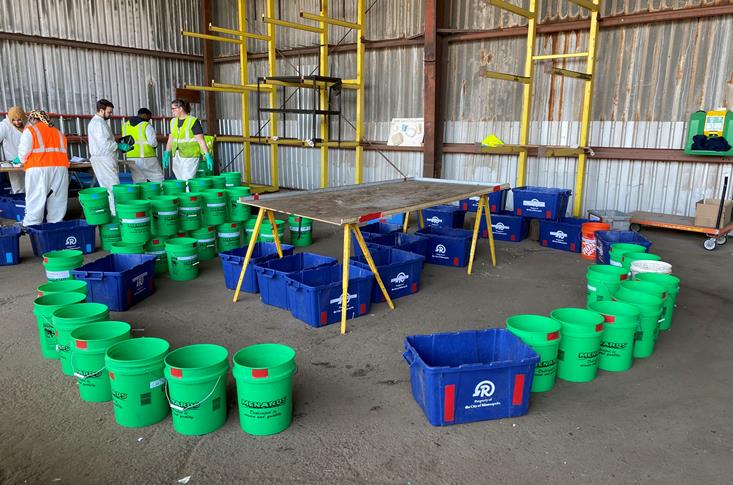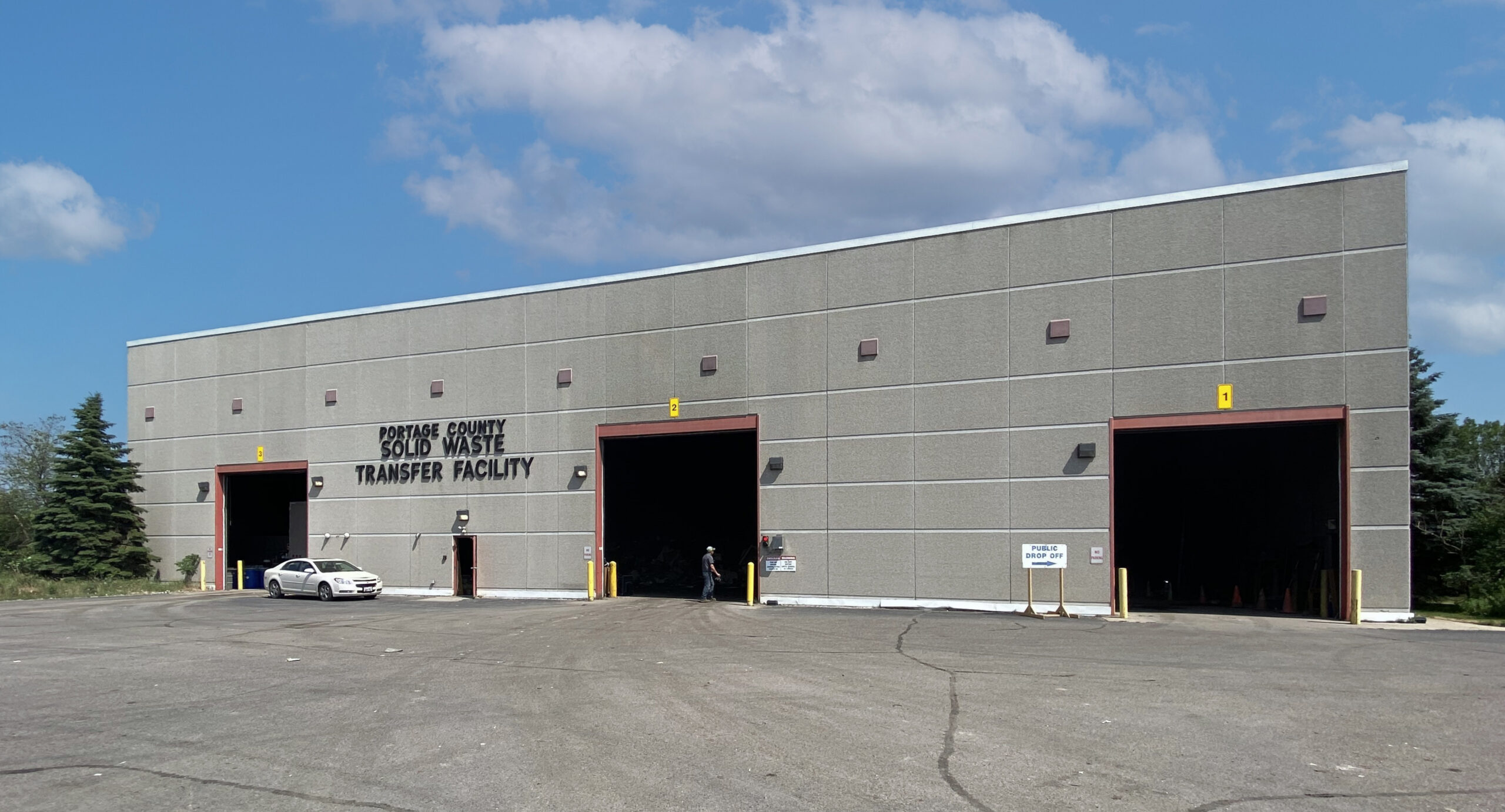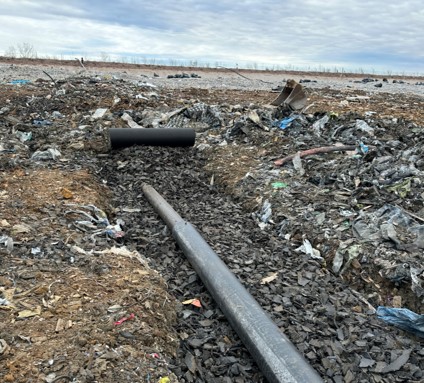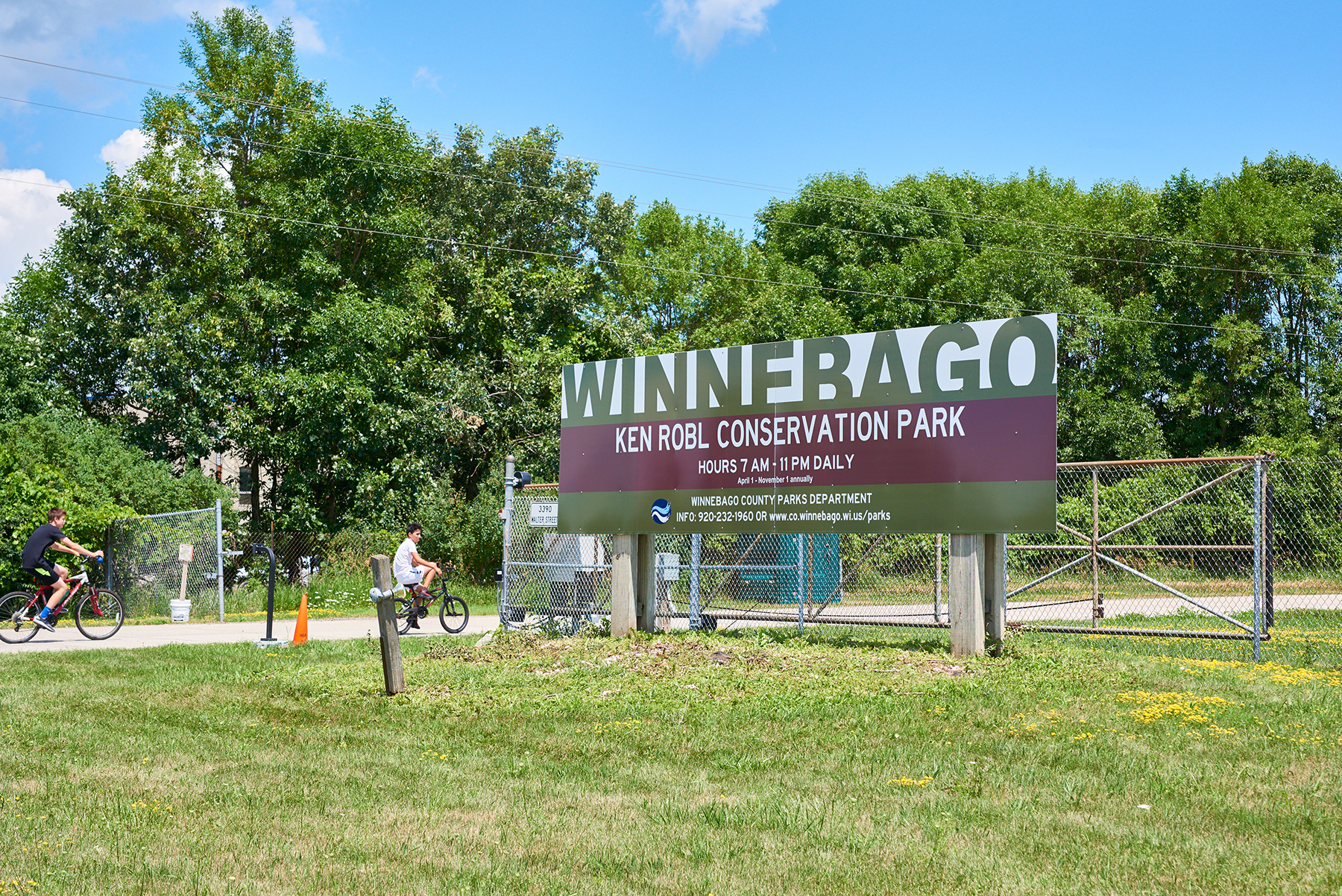
Background
In 2016, the City of Minneapolis adopted a Zero Waste Plan that identified strategies to help meet the City’s recycling and composting goal of 50% by 2020 and 80% by 2030. The City’s Solid Waste & Recycling (SW&R) Division of Public Works, together with Hennepin County, contracted with Foth and MSW Consultants in 2022 to perform a waste characterization and capture rate study of garbage, recycling and organics carts picked up from the homes of individual customers. The project piggybacked on a 2016 Hennepin County study completed by a similar consultant team, including Foth and MSW Consultants, that characterized residential garbage collected by haulers from three waste load areas in Minneapolis. Sorting the waste is intended to help provide a depiction of the status of its residential programs, effectiveness of its educational program, and identify priority materials or behaviors to focus outreach and education activities in the future.
Approach
The project was designed and planned by the City’s SW&R Division staff. Our team was selected to conduct the waste sort operations, data analysis, and report drafting in close coordination with SW&R staff. The field operations of sample collection and sort facility management by City staff were an essential element to successful completion of the sort project.
Our team’s crew consisted of staff from Foth and MSW Consultants, and independent sort laborers recruited specifically for the study. City staff and MSW Consultants provided overall work site setup and training of the sorting teams. City staff, MSW Consultants, and Foth supplied professional management staff to supervise and manage data collected from each sort table.
During the first phase of the project, the team performed a four-week waste characterization study of residential garbage, recycling, and organics carts collected from approximately 700 single-family households scattered evenly throughout the City. Approximately one-half of the households were selected from participants in the City’s voluntary organics collection. Materials were sorted into over 50 categories of waste, recycling, and organics.
Results
The study found that City capture rates reflect a mature, high-functioning residential recycling and organics collection program with 51% of eligible households signed up for the voluntary, separate collection service. However, about 38,000 tons per year of recoverable recyclable and compostable materials are still being wasted in the residential garbage carts. The potential end market value of these recoverable recyclable and compostable materials that remain in the garbage carts is about $2.8 million per year.
Organics program subscribers have a much higher total average capture rate (including both recyclables and compostables) compared to non-subscribers. Also, the recycling contamination is much lower in the subscribers group compared to non-subscribers. Thus, the subscribers were found to be more active recyclers of traditional recyclables, in addition to participating in the organics program. This comparative data between subscribers and non-subscribers is rich with potential implications for new City public education and outreach initiatives to improve overall recycling and organics recovery well into the future and move the City forward toward its goal.
Markets: Solid Waste
Services: Solid Waste Services




